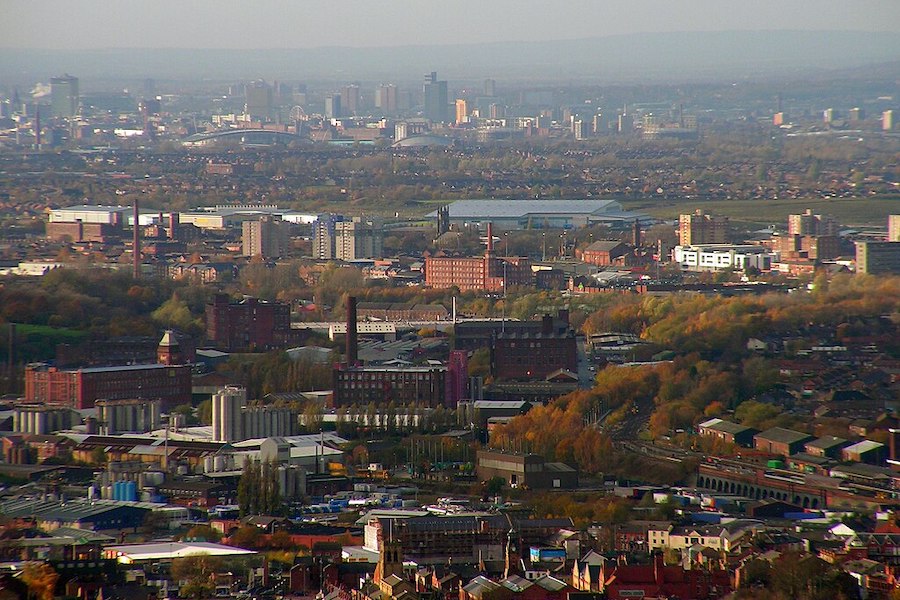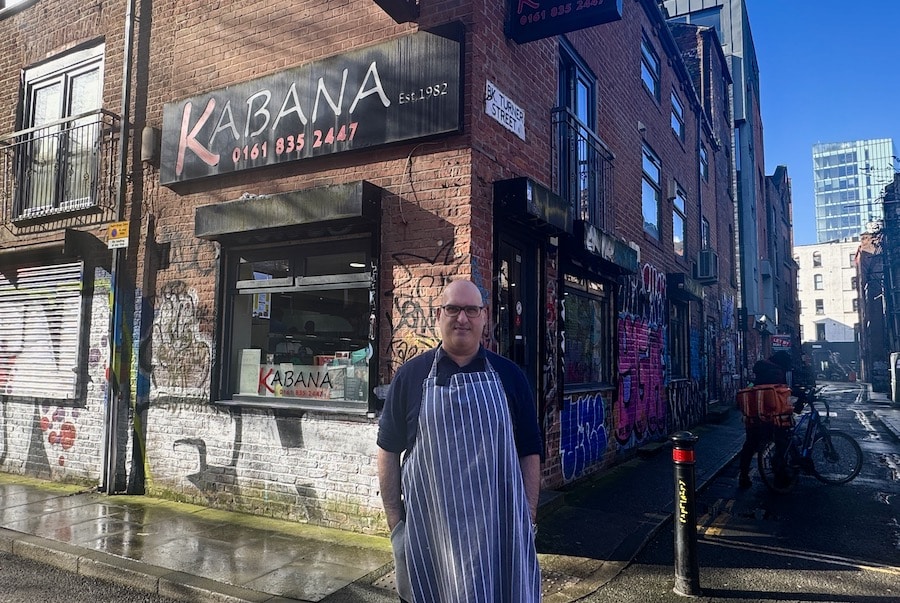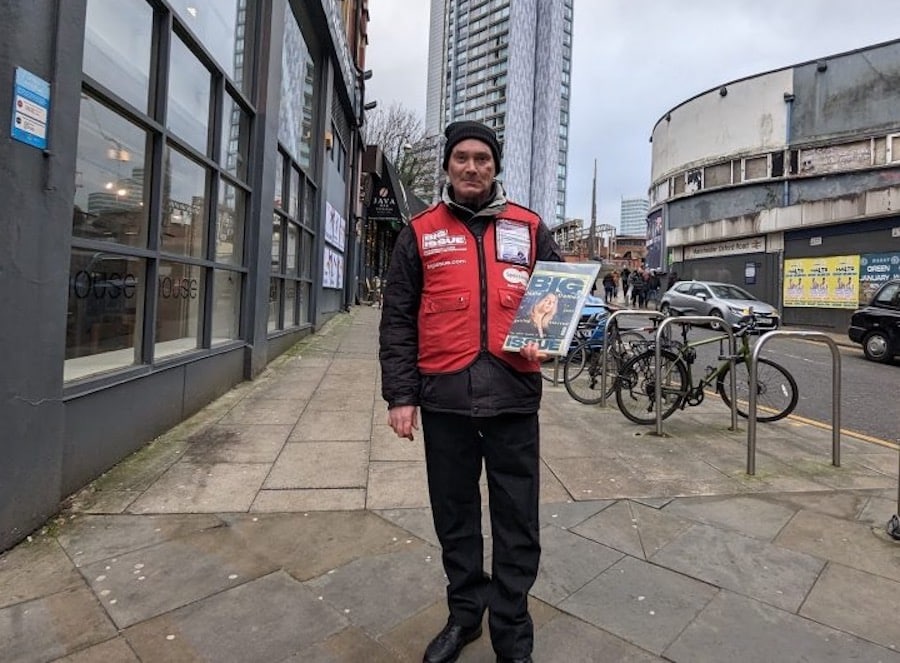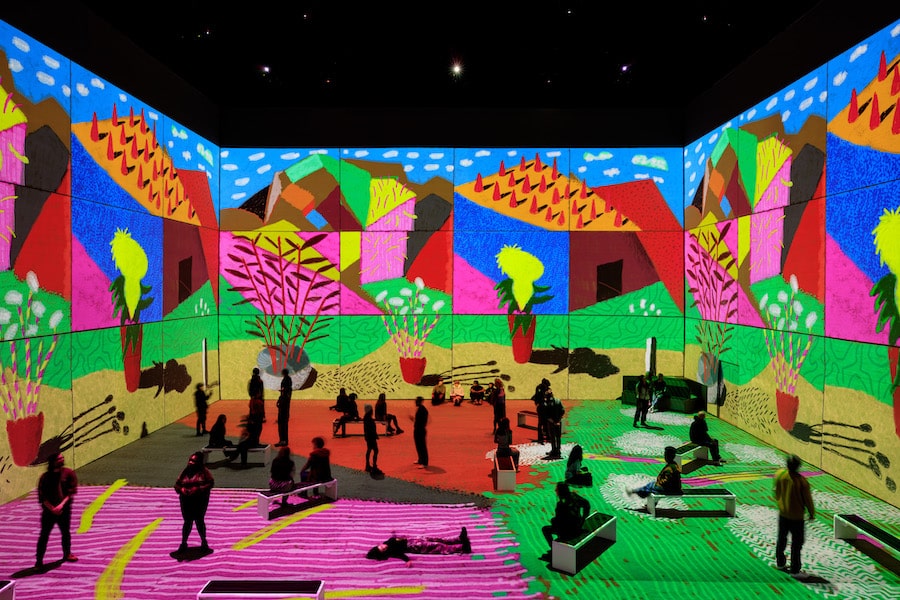Manchester’s Tower of Light is nearly finished – but what is it?
- Written by I Love MCR
- Last updated 5 years ago
- City of Manchester, Civic

A striking 40m high structure near Manchester Central, the Tower of Light will surely become one of the city’s most recognisable landmarks.
It’s the chimney for a new low-carbon energy project, which aims to power a number of prominent buildings by the end of this year, including Central Library, the Bridgewater Hall, Heron House and the Manchester Art Gallery.
Now, the final sections of the 40m high tower, designed by award-winning architects Tonkin Liu, have been installed, marking a significant milestone in the Manchester Civic Quarter Heat Network project.
The network, says the Council, will generate low-carbon heat and power for the city, helping Manchester to reach its ambition of becoming zero-carbon by 2038 at the latest.

The scheme is projected to save an initial 1,600 tonnes of carbon emissions per year and it’s hoped the energy centre will become even more efficient as additional buildings are connected.
The power will be provided by sending electricity and heat – via hot water – through underground pipes. It will initially serve seven city centre buildings and has the potential to grow by connecting further buildings across the city centre in the future.
The Council says the network has been designed to enable future expansion, with efficiency and carbon savings increasing as more buildings join.
The first buildings to be connected to the network will be Manchester Town Hall and Town Hall Extension, Central Library, Manchester Central Convention Centre, The Bridgewater Hall, Heron House and the Manchester Art Gallery.
Containing a 3.3MWe CHP engine and two 12MW gas boilers, the energy centre will generate electricity and harness the recovered heat from this process for distribution via a 2km district heating network, which will supply heat for the buildings.
The scheme has been part-funded by a £2.87m grant from the Government’s Heat Network Investment Project (HNIP), with Manchester City Council being one of the first local authorities to receive this funding.
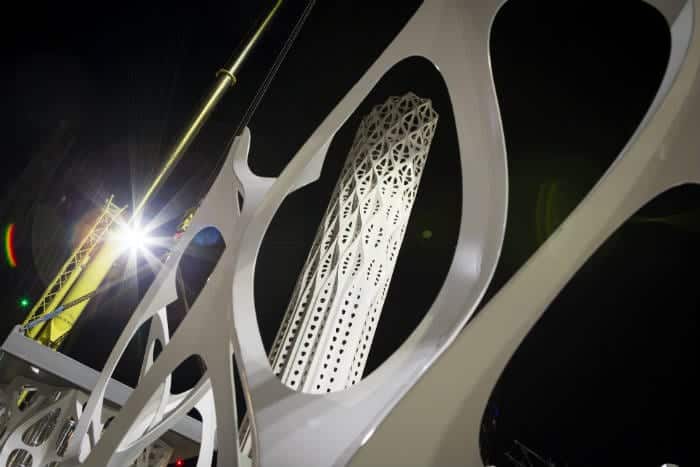
The tower is made up of nine sections called “drums”, each one measuring 4m wide, 6m long and 4m high, plus a 1.8m crown section. The final sections were added overnight late last week, to minimise local disruption.
Once the Civic Quarter Heat Network project is complete, the Tower of Light will act as the chimney for the low-carbon energy centre.
Work on the Civic Quarter Heat Network project is scheduled to be completed before the end of 2020.
“The Tower of Light is an impressive new landmark for Manchester and a symbol of Manchester’s aim of becoming a zero-carbon city by 2038 at the latest,” said Manchester City Council’s Angeliki Stogia.
“On completion, the Civic Quarter Heat Network project will realise significant carbon savings, supporting the council’s current plan to halve its own emissions by 2025 – which will be an important milestone on the road to the city meeting its ambitious goal.”
The project is “much more intricate than a standard flue due to its complex geometry but will hopefully become an iconic part of Manchester’s skyline,” said Anthony Shawcross, senior construction manager for Vital Energi.
“We’re delighted with how smoothly the installation went and we hope the people of Manchester will now enjoy it for many years.”
- This article was last updated 5 years ago.
- It was first published on 17 August 2020 and is subject to be updated from time to time. Please refresh or return to see the latest version.
Did we miss something? Let us know: [email protected]
Want to be the first to receive all the latest news stories, what’s on and events from the heart of Manchester? Sign up here.
Manchester is a successful city, but many people suffer. I Love Manchester helps raise awareness and funds to help improve the lives and prospects of people across Greater Manchester – and we can’t do it without your help. So please support us with what you can so we can continue to spread the love. Thank you in advance!
An email you’ll love. Subscribe to our newsletter to get the latest news stories delivered direct to your inbox.
Got a story worth sharing?
What’s the story? We are all ears when it comes to positive news and inspiring stories. You can send story ideas to [email protected]
While we can’t guarantee to publish everything, we will always consider any enquiry or idea that promotes:
- Independent new openings
- Human interest
- Not-for-profit organisations
- Community Interest Companies (CiCs) and projects
- Charities and charitable initiatives
- Affordability and offers saving people over 20%
For anything else, don’t hesitate to get in touch with us about advertorials (from £350+VAT) and advertising opportunities: [email protected]

Big Issue, bigger heart: Manchester comes together for Colin
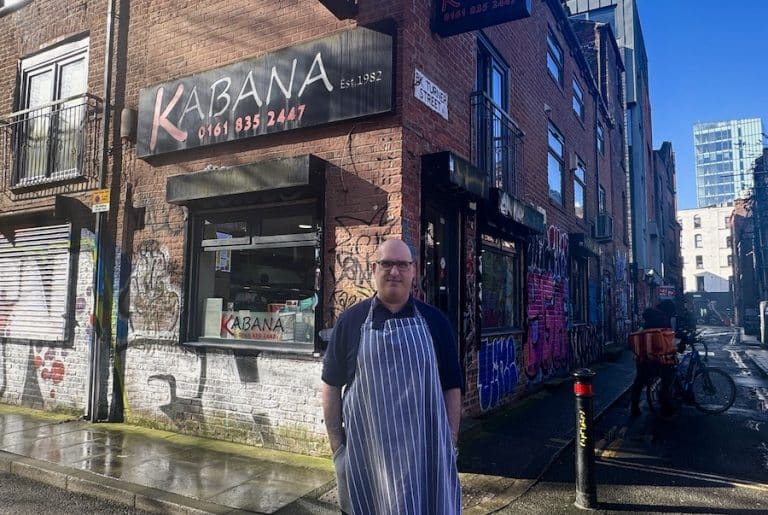
Why generations of Mancunians have loved Kabana for over 40 years

Art, tech and community collide in Manchester’s most interactive exhibit yet

Meet the group reviving Manchester’s urban ecosystem through community action










